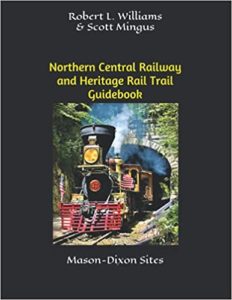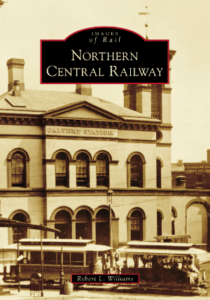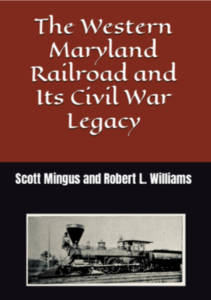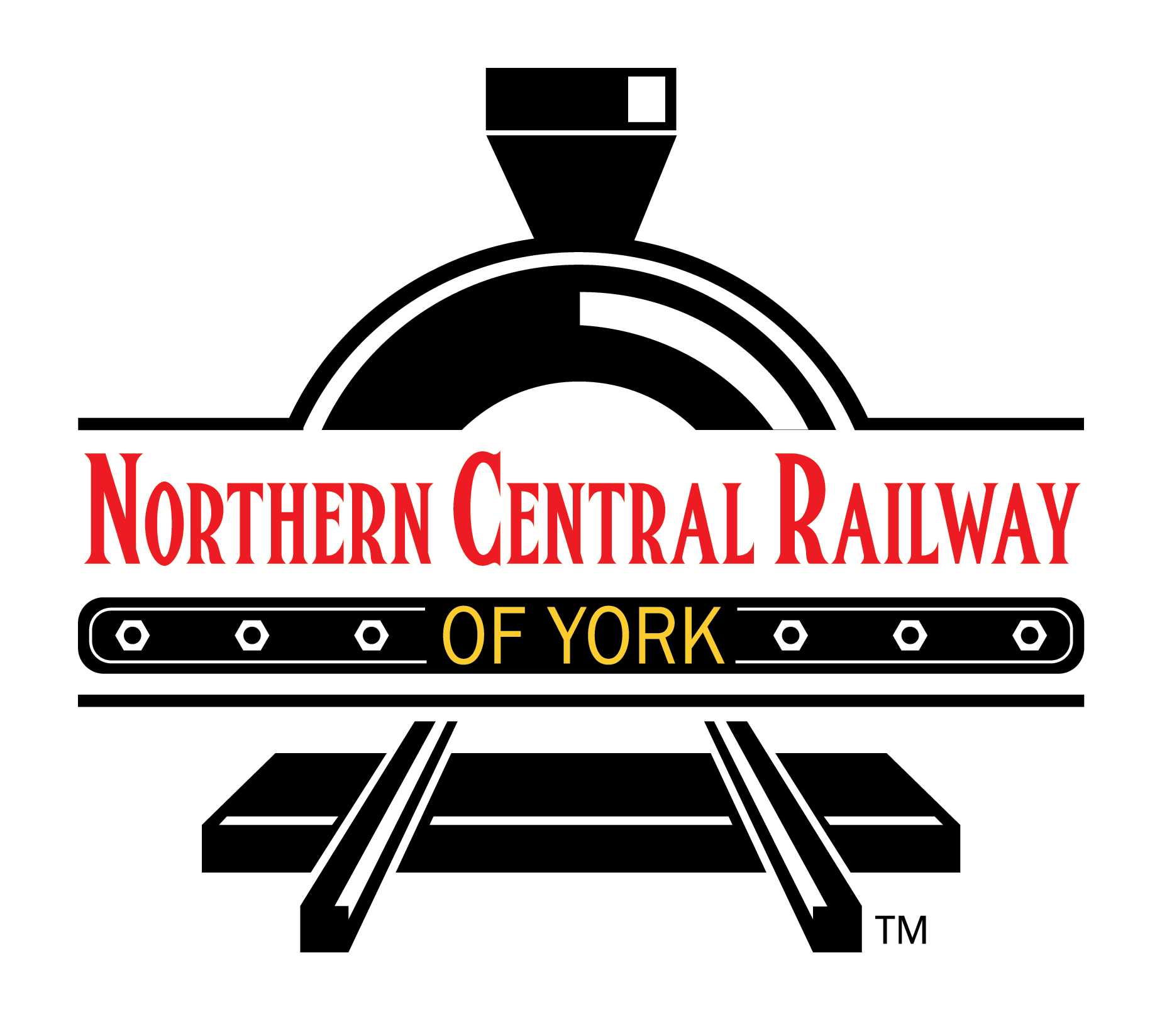Meet the Author
Robert L. Williams
Sunday, June 26 10:30 AM to 12:00 PM in the NCR Gift Shop
Join us on June 26 in the NCR gift shop between 10:30 and 12:00 for a book signing and meet and greet with author Robert L. Williams. Williams is the author of Northern Central Railway, Northern Central Railway and Heritage Rail Trail Guidebook, and The Western Maryland and Its Civil War Legacy. He is a retired civil engineer and railroad man, steeped in the history of the NCR and its later parent company, the Pennsylvania Railroad.
This event is free and open to the public.

Northern Central Railway and Heritage Rail Trail Guidebook: Mason-Dixon Sites
by Robert L. Williams & Scott L. Mingus Sr.
The Northern Central Railway was the primary railroad between Baltimore, Maryland, and Harrisburg, Pennsylvania, and points farther north from the mid-1800s for more than 100 years. Part of the route on both sides of the Mason-Dixon Line is now a heritage rail trail, highlighted by a few restored stations. Abraham Lincoln rode these rails on his way to and from Gettysburg to deliver the famed Gettysburg Address in November 1863, and the NCR was one of the routes used by his funeral train to travel from Washington to his burial place in Springfield, Illinois. Author Robert L. Williams, a Marylander steeped in the history of the NCR and its later parent company, the Pennsylvania Railroad, has selected illustrative photos from his extensive collection of railroad ephemera to augment his track and building layout drawings to present a comprehensive look at the NCR’s line from Baltimore northward into south-central Pennsylvania.
Northern Central Railway
By Robert L. Williams
The Northern Central Railway (NCR), completed to Sunbury in 1858, was a Class 1 railroad that connected Baltimore City, Maryland, to Sunbury, Pennsylvania. In 1861, the Pennsylvania Railroad acquired controlling interest in the railway. It became such a vital transportation link during the Civil War that it had to be guarded constantly by Union forces. In June 1972, Tropical Storm Agnes heavily damaged much of the NCR right-of-way in Pennsylvania and all but destroyed the right-of-way in Maryland. Then under control of Penn Central, it was decided to repair only the tracks in Pennsylvania and abandon the Maryland section from Cockeysville to the Maryland state line. The majority of the route in Maryland is now the Torrey C. Brown Rail Trail in Baltimore County, and the portion in York County, Pennsylvania, is now the Heritage Rail Trail. The extreme southern end of the line from Baltimore City to Cockeysville in Maryland is now used by MTA-Baltimore Light Rail system.


Also, get your copy of Williams’ and Mingus’ newly-published book:
The Western Maryland Railroad and Its Civil War Legacy
by Robert L. Williams & Scott L. Mingus, Sr.
While initially small in size and almost unknown outside of Maryland during the mid-1800s, the Western Maryland Railroad built upon its Civil War legacy and reputation to expand into a multi-state network of acquired railroads that served Maryland, Pennsylvania, and West Virginia well into the 20th century.
Headquartered for most of its postwar history in Baltimore, the WM operated from 1852 when it was first chartered until 1983 when it was merged into the Baltimore & Ohio Railroad in an era of consolidation and asset rationalization. Parts of the system remain operational within the current CSX Transportation empire.
The original line from Baltimore County to Union Mills in Carroll County, Maryland, was the entirety of the WM during the Civil War years. While spared much of the destruction that Confederate raiders repeatedly doled out to the Northern Central Railway, Cumberland Valley Railroad, Baltimore & Ohio Railroad, and Philadelphia, Wilmington & Baltimore Railroad, the WM did play a significant role in the Gettysburg Campaign. The railroad, temporarily under the control of the Federal government under emergency measures, hauled massive amounts of supplies for the Union Army of the Potomac to the Union Bridge railhead and Westminster.
Following the battle, thousands of wounded soldiers were taken by wagon or carriage (or otherwise made their way) to Union Bridge or Westminster. From there, trains carried them to hospitals in Baltimore, Washington, York, Harrisburg, Philadelphia, or New York City. To this day, modern railroaders still often refer to the line near Union Bridge as “the hospital track.”
This book explores the early history of the WM and its origins, with the focal point on the Civil War (1861–1865). An epilogue gives a sweeping overview of the company’s rapid postwar expansion and steady growth into a regional powerhouse.

